Celestial Omens: Asteroids In Zoroastrian Myths
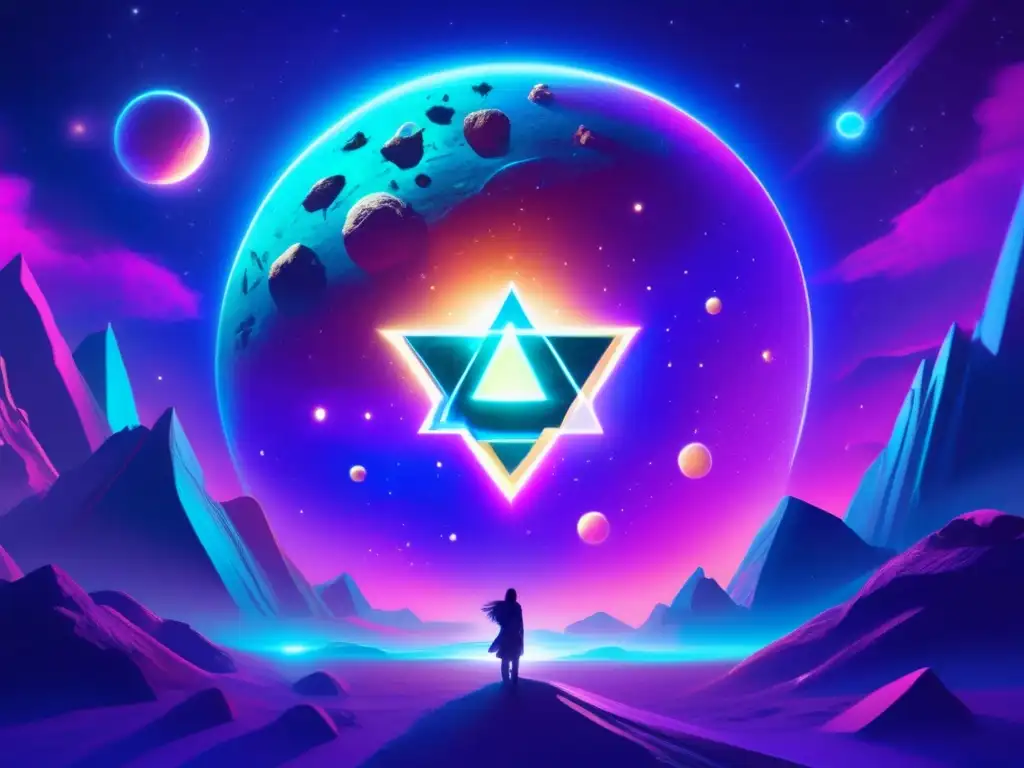
Introduction
The ancient Persian religion of Zoroastrianism included a belief in celestial beings and their role as harbingers of human destiny. According to these myths, asteroids were a key part of the cosmic order, with their movements and positions indicating important events and outcomes. In this article, we explore the cultural significance of asteroids in Zoroastrian mythology and their enduring impact on human thought and belief.
The Cosmic Order and Asteroids in Zoroastrianism
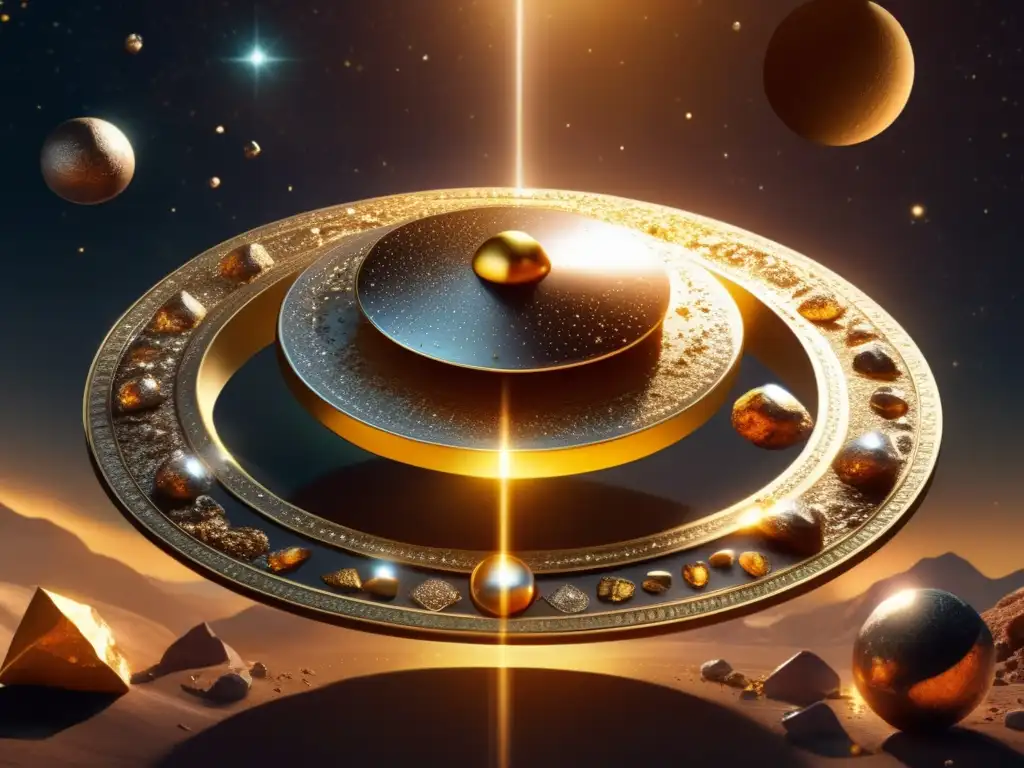
Creation Myth
Zoroastrianism has its own creation myth, which describes the creation of the world by the good god Ahura Mazda. According to the myth, Ahura Mazda created the world in six stages, with each stage representing the creation of an aspect of the natural world. One of the stages was the creation of celestial bodies, including the sun, moon, and stars, as well as asteroids and other objects in the solar system.
Cosmic Balance
Zoroastrianism emphasizes the balance between good and evil, light and dark, and order and chaos. This balance is reflected in the movements of celestial bodies, including asteroids. In Zoroastrian mythology, asteroids are believed to influence the fate of individuals and societies, reflecting the balance or imbalance of cosmic forces.
Asteroids and Prophecy in Zoroastrianism

Astrology and Divination
Like many ancient cultures, the Persians practiced astrology and divination, seeking to understand the hidden meanings behind the movements of celestial bodies. According to Zoroastrian beliefs, asteroids played a vital role in these practices, revealing the divine will and guiding human actions. Different asteroids were associated with specific aspects of life, such as love, health, wealth, and power, and their positions in the sky were interpreted as omens of future events.
Asteroids and Prophecy
In addition to astrology and divination, Zoroastrianism also has a tradition of prophecy. Prophets were believed to have the ability to see beyond the physical world and understand the hidden meanings behind natural phenomena. According to some interpretations of Zoroastrian mythology, the movements of asteroids were thought to be messages from the divine realm, revealing important events that would shape the future of humanity.
Modern Discoveries and the Legacy of Zoroastrianism
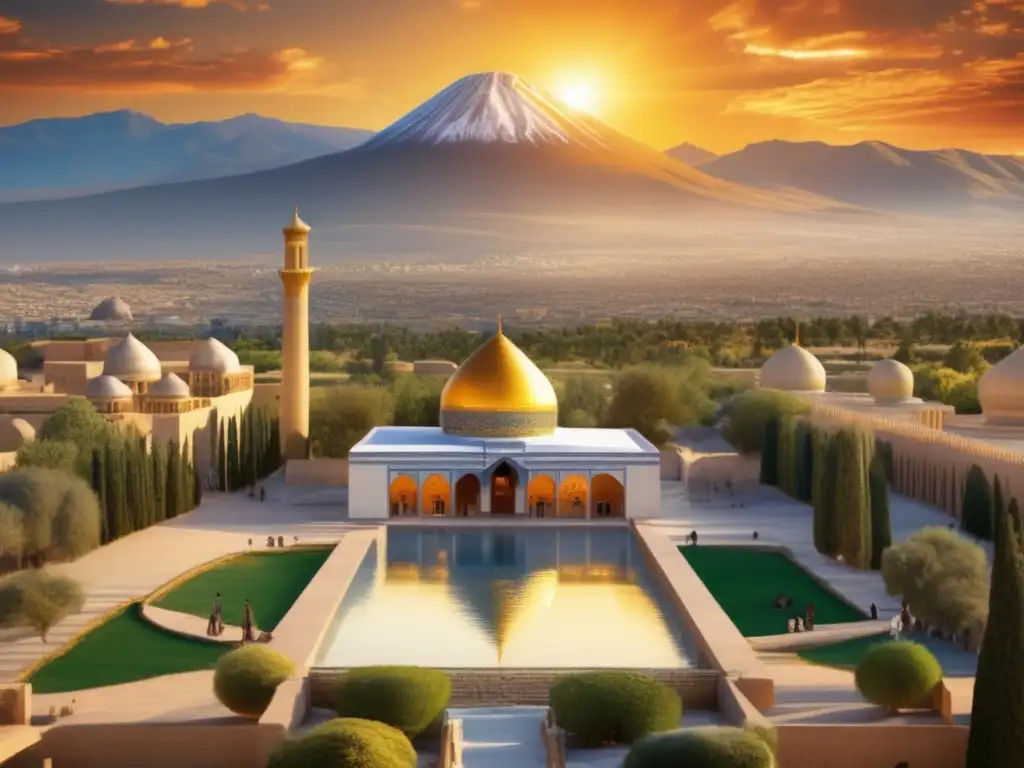
Asteroid Naming Conventions
The modern study of asteroids has its roots in the work of astronomers in the 19th century, who began to categorize and name these celestial objects. Many of the early asteroid names were inspired by characters from ancient mythology, including Zoroastrianism. For example, the asteroid Vesta is named after the Roman goddess of the hearth, who was associated with the Zoroastrian deity Anahita.
Zoroastrian Influence on Modern Thought
Despite the decline of Zoroastrianism as a popular religion, its impact on human thought and belief has been enduring. The philosophy of cosmic balance and the belief in celestial omens continue to inspire scholars and thinkers around the world, reflecting a deep-seated human desire to understand the mysteries of the universe.
Frequently Asked Questions
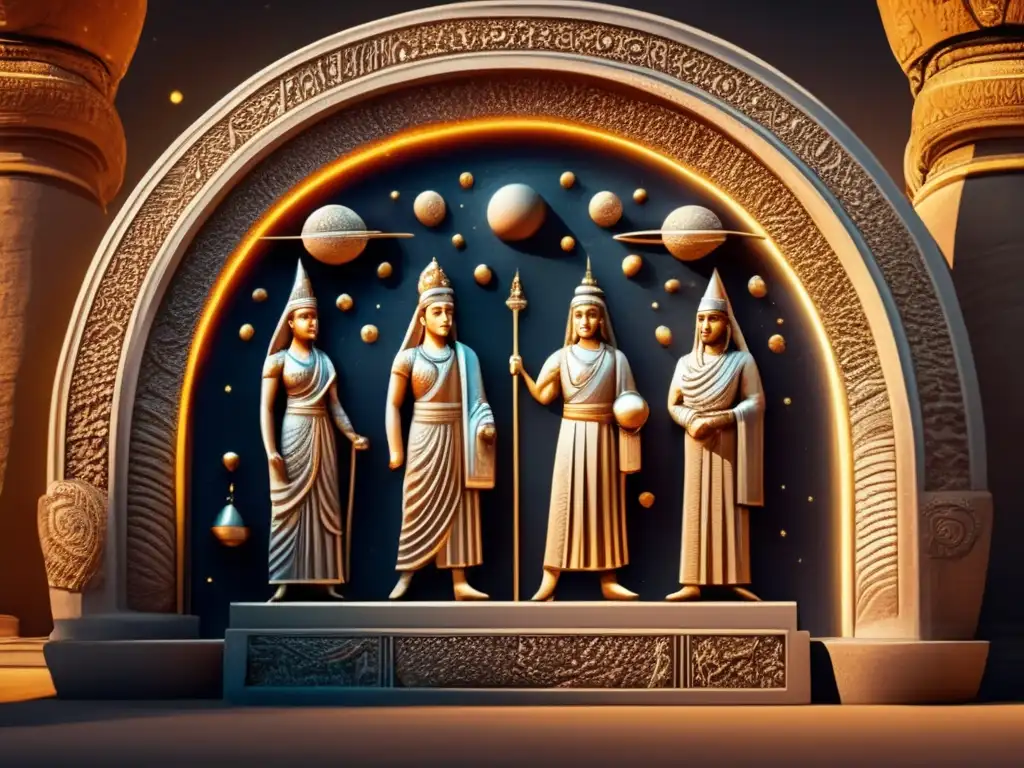
-
What is the role of asteroids in Zoroastrianism?
Asteroids are believed to be part of the cosmic order and their movements and positions indicate important events and outcomes, reflecting the balance or imbalance of cosmic forces.
-
What is the relationship between asteroids and prophecy in Zoroastrianism?
The movements of asteroids were thought to be messages from the divine realm, revealing important events that would shape the future of humanity.
-
Why are some asteroids named after characters from Zoroastrian mythology?
Many early asteroid names were inspired by characters from ancient mythology, including Zoroastrianism, as a way to reflect their cultural significance.
-
What is the legacy of Zoroastrianism on modern thought?
Zoroastrianism has had a lasting impact on human thought and belief, particularly in terms of its philosophy of cosmic balance and its belief in celestial omens.
-
Why is the study of asteroids important?
The study of asteroids can provide valuable insights into the formation and evolution of the solar system, as well as potential threats to Earth from near-Earth objects.
Conclusion
The cultural significance of asteroids in Zoroastrian mythology reflects the enduring human fascination with the mysteries of the universe. By studying the beliefs and practices of ancient cultures, we can gain a deeper understanding of our own place in the cosmos. We encourage readers to share their own thoughts on the topic and continue to explore the fascinating world of asteroids and their impact on human history and belief.
Additional Resources
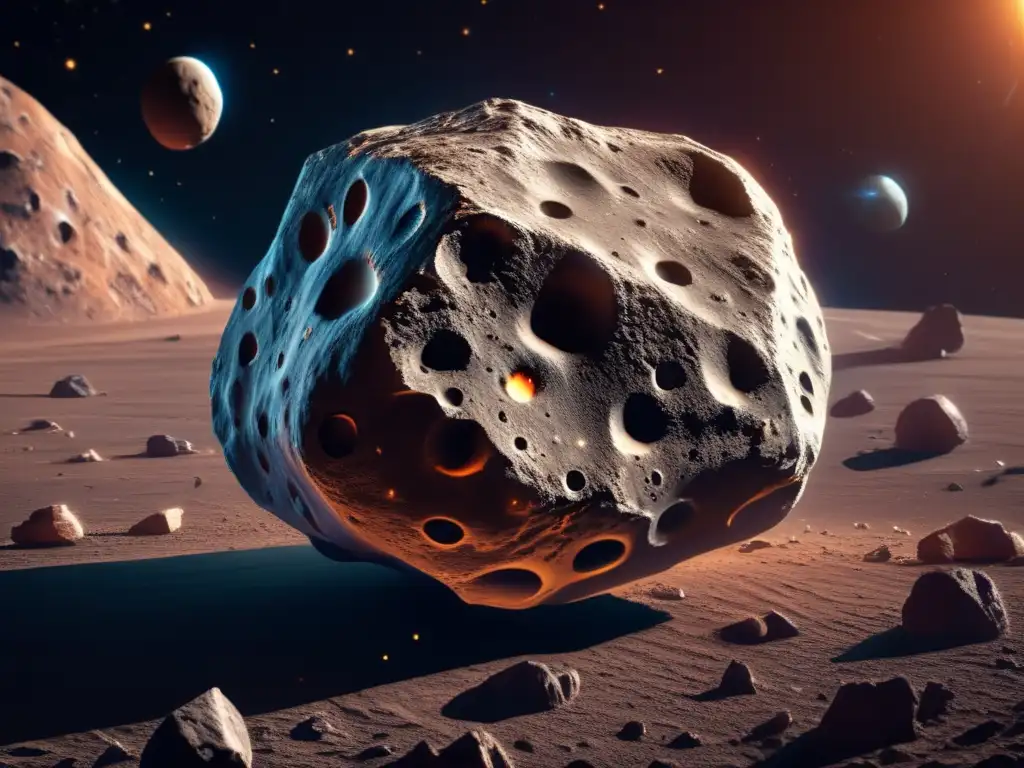
For those interested in delving deeper into the topic of asteroids and their cultural significance, we recommend the following resources:
- NASA Planetary Defense
- International Astronomical Union: Near-Earth Objects
- The Role of Celestial Bodies in Zoroastrian Eschatology
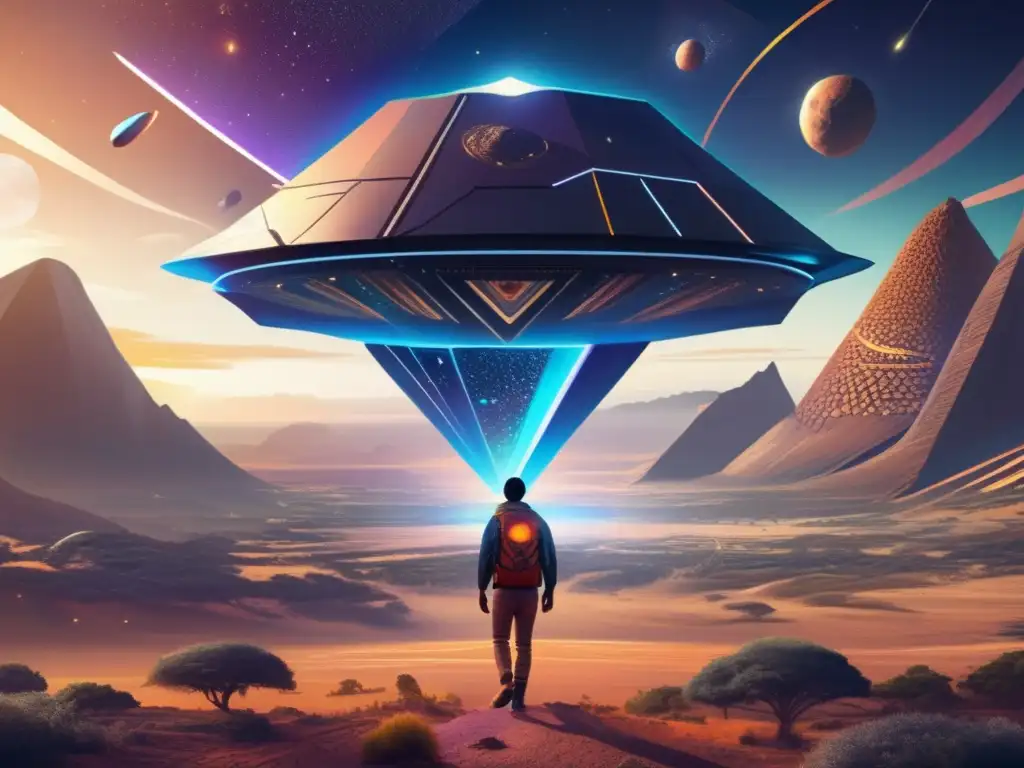 Echoes Of The Cosmos: Asteroids In Indigenous South African Folklore
Echoes Of The Cosmos: Asteroids In Indigenous South African Folklore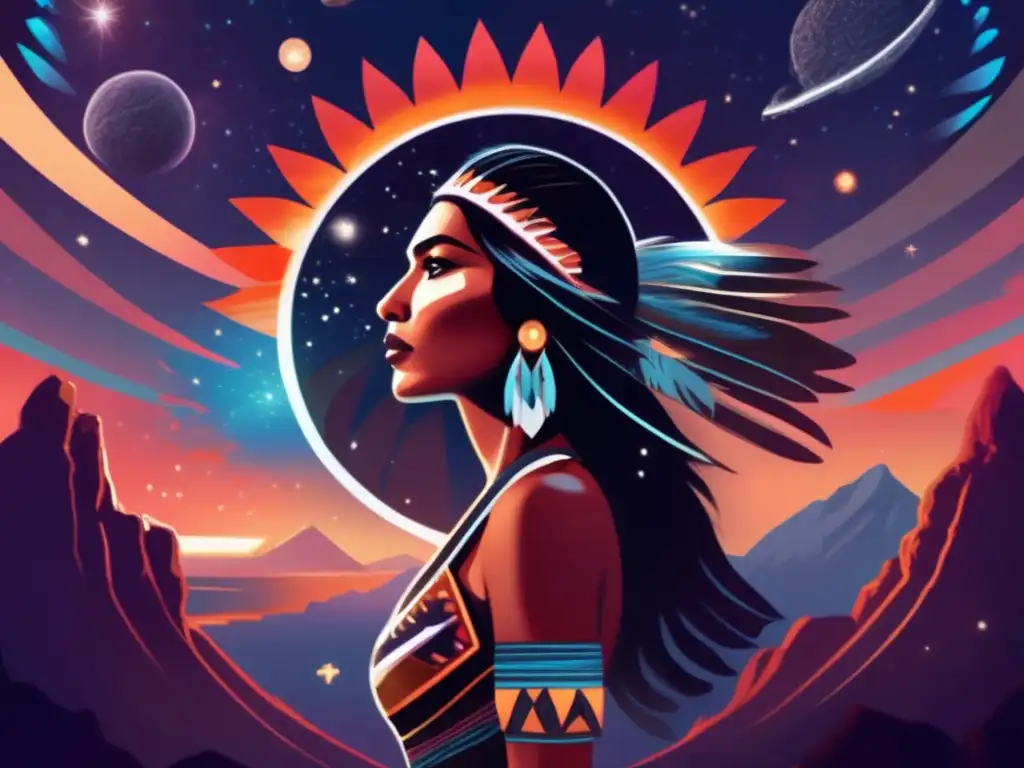 Navajo Legends: Interpreting The Asteroid
Navajo Legends: Interpreting The Asteroid Between Myth And Reality: Asteroids In Maasai Legends
Between Myth And Reality: Asteroids In Maasai LegendsIf you want to discover more articles similar to Celestial Omens: Asteroids In Zoroastrian Myths, you can visit the Asteroid Mythology category.
Leave a Reply

Articulos relacionados: